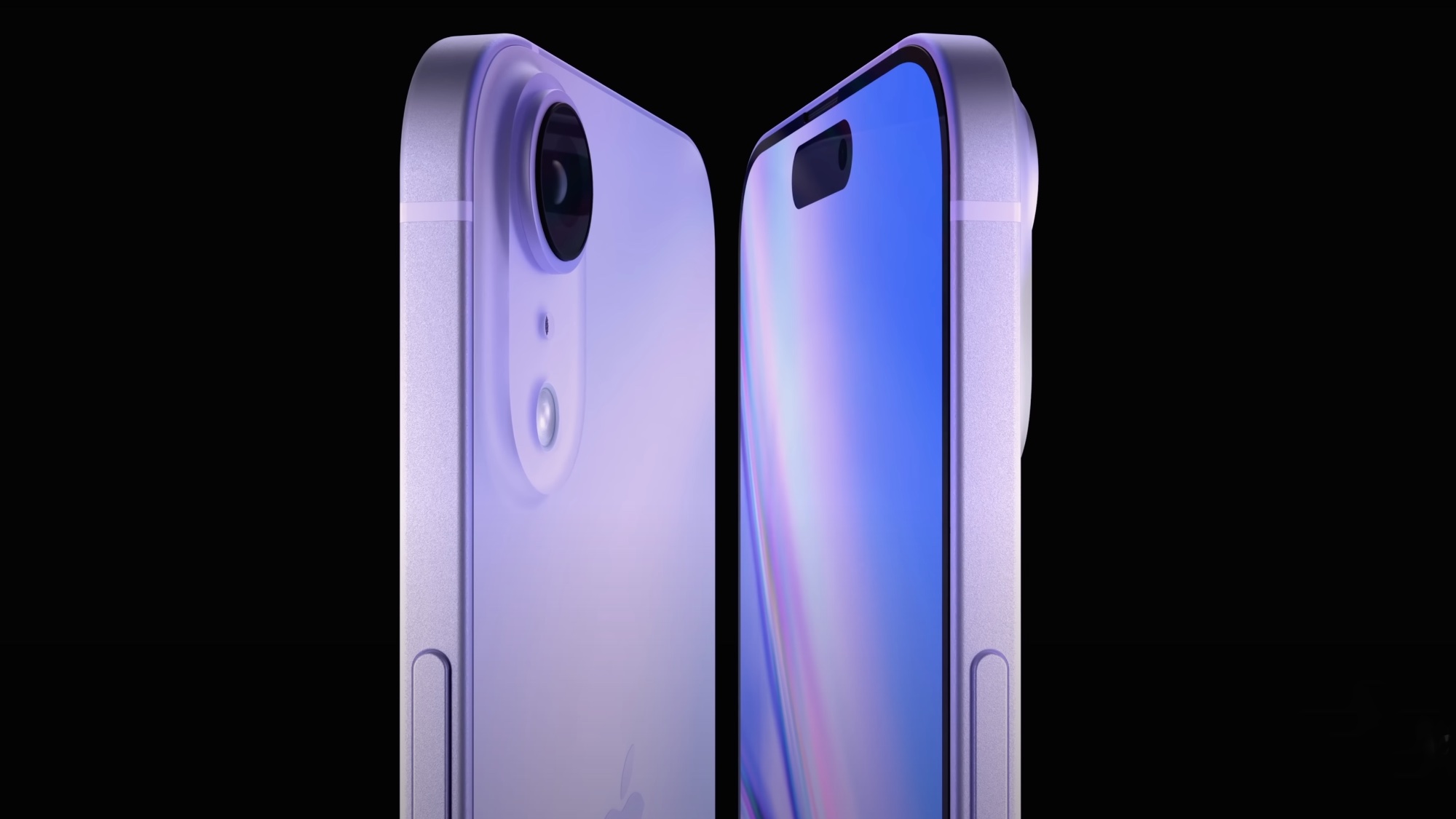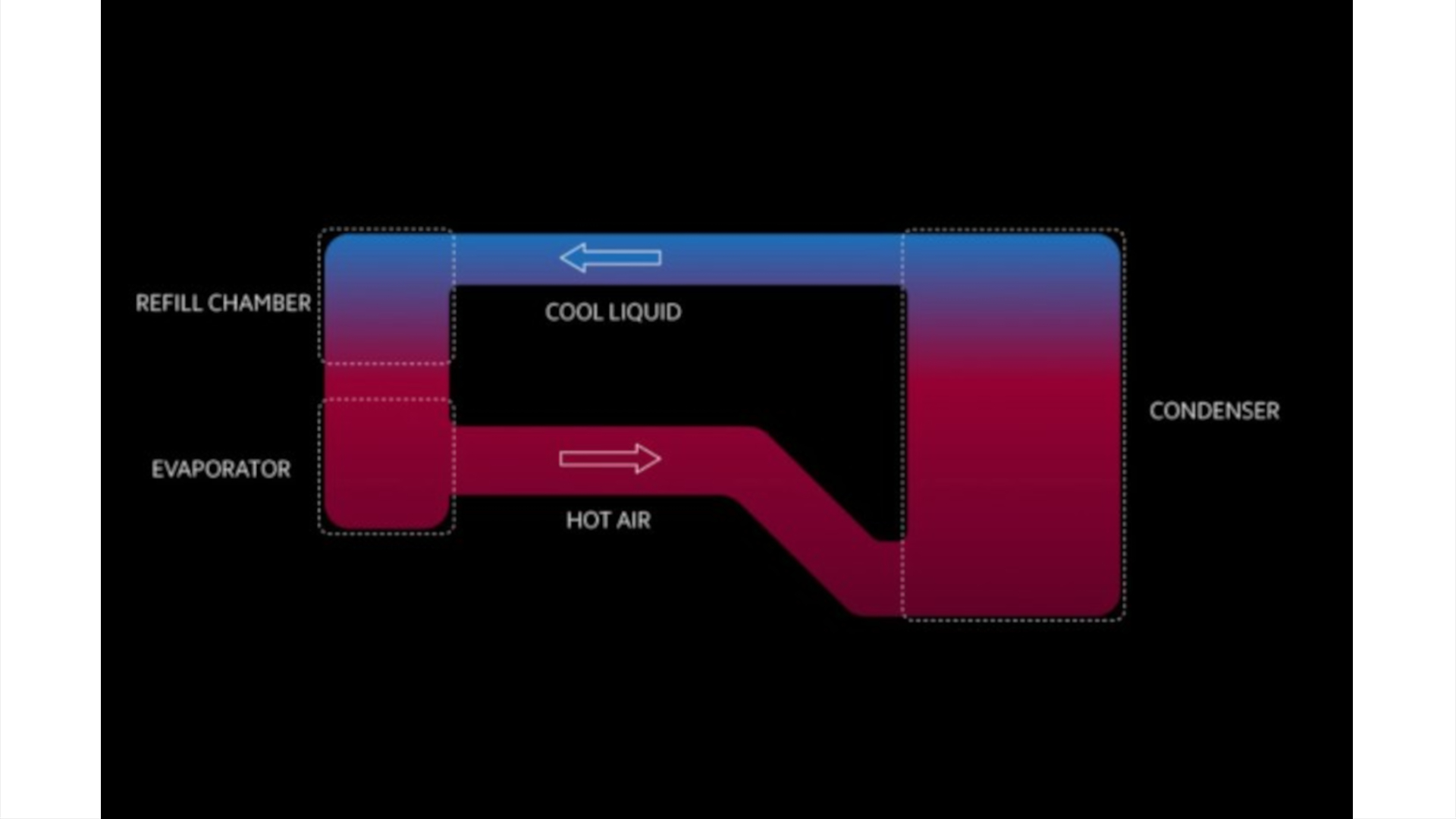
As Apple’s A series of mobile processors get more powerful, keeping iPhones cool under heavy load is becoming trickier. In 2023, we heard all kinds of horror stories of the iPhone 15 Pro overheating, and while there have been fewer worrying reports regarding the iPhone 16, it makes sense Apple would be thinking about ways to mitigate the problem going forward.
A new report suggests the company is doing just that. According to the Chinese tech site MyDrivers, every model in the iPhone 17 lineup will adopt vapor chamber technology to keep things frosty even when in heavy use.
Currently, iPhones use standard heat sinks to draw heat away from processing components. A vapor chamber, as explained here by my colleague Josh Render — a former phone engineer — improves on this with help from liquid sealed inside a container.
When it’s heated, the liquid evaporates and moves to a cooler part of the chamber as vapor, spreading the heat around and away from the sensitive components. As it cools, it condenses back into liquid and the process starts over again.

Not only can this pull heat further away from sensitive components, but it’s also rather space-efficient — which is helpful given the iPhone 17 Air is purported to be just 5.5mm thick at its thinnest point.
To be clear, this isn’t new technology, and, in fact, the best Android phones have adopted it for some time. Samsung has been sporadically using it since introducing it on the Galaxy S10 Plus in 2019, albeit not consistently. Indeed, an iFixIt teardown found two Galaxy Note 20 Ultra handsets using two entirely different cooling systems.
With Apple aiming to build the A19 Pro chipset set to power the iPhone 17 family to the 2nm process — a world first — temperature control could make or break things. Chips running too hot can not only make the phone feel hot to the touch, but can also make software itself unstable, which doesn’t make for a great user experience.
But there’s still a question as to whether 2025 is the year when Apple finally embraces vapor cooling. The company was said to be “aggressively testing” a miniaturized version of vapor chamber cooling as long ago as 2021, but so far nothing has materialized. More recently, the analyst Ming-Chi Kuo claimed that Apple would introduce the technology this year — but only for the iPhone 17 Pro Max.
That would make more sense in a way — Apple’s most desirable features debut in the most expensive phones after all, for obvious reasons. But if early tests have proved the new hardware runs hot, then plans may have changed since Kuo made this prediction. We’ll find out when the new handsets are unveiled to the world in September.







